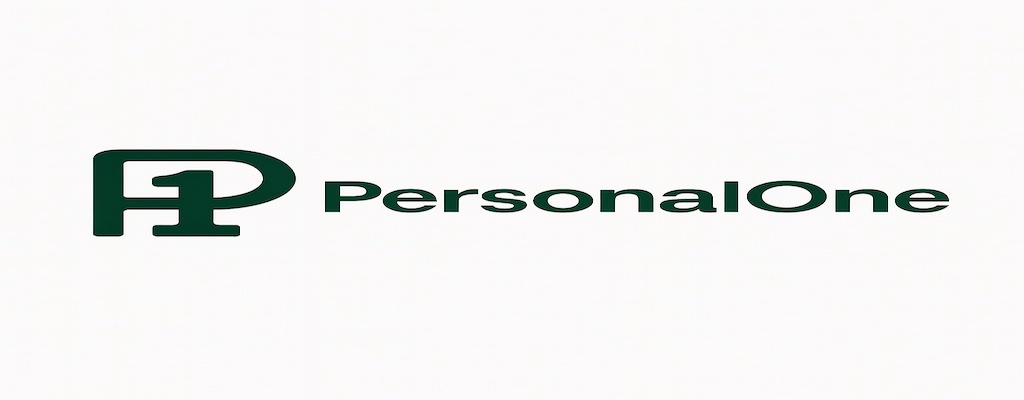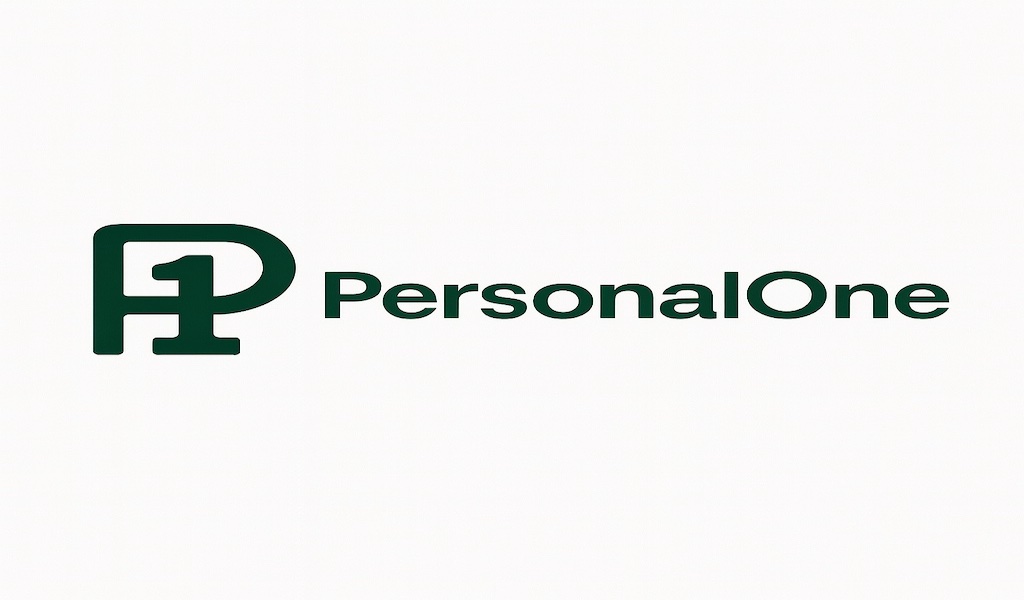Switching banks feels like a financial Jenga game—move one piece wrong and your whole autopay setup collapses. But here’s the play: choose your no-fee bank, open your new account, then migrate your deposits and bills with precision. No overdrafts, no missed payments, no stress.
Intro: You Deserve a Bank That Doesn’t Charge You for Breathing
Back in the day, switching banks felt like changing your phone number before iCloud. Everything broke. Payments bounced. Your Spotify subscription ghosted you.
Fast forward to 2025, and ditching your old-school bank is easier than ever—if you do it the right way. We’re breaking down how to switch to a no-fee bank without wrecking your bills, killing your paycheck flow, or overdrafting by accident.
Our focus today: switch to a no-fee bank
Table of Contents
-
- Why You Should Switch to a No-Fee Bank in 2025
-
- Step 1: Choose Your No-Fee Bank (The Right One)
-
- Step 2: Open Your Account, But Don’t Close the Old One Yet
-
- Step 3: Redirect Your Direct Deposits
-
- Step 4: Migrate Autopayments & Recurring Charges
-
- Step 5: Watch Both Accounts for 30 Days
-
- Step 6: Close the Old Account After Final Checks
-
- Bonus: Best No-Fee Banks in 2025
-
- FAQs
-
- Final Word: Do It Once, Do It Right
Why You Should Switch to a No-Fee Bank in 2025
Traditional banks are charging:
-
- $35 overdraft fees
- $35 overdraft fees
-
- $3 ATM fees just to access your own money
-
- $15 monthly “maintenance” fees for… existing?
Meanwhile, no-fee banks offer:
-
- Zero monthly fees
-
- ATM fee reimbursements
-
- Instant mobile access
-
- Higher savings APYs
It’s not just about saving money—it’s about financial flexibility.
Related: Best No-Fee Banks of 2025 – PersonalOne
Step 1: Choose Your No-Fee Bank (The Right One)
Not all no-fee banks are created equal. Look for:
-
- FDIC insurance or NCUA coverage
-
- ATM access (free or reimbursed)
-
- Mobile banking features
-
- Compatibility with Apple Pay, Zelle, etc.
-
- High user ratings
Pro Tip: Check out Chime, SoFi, and Ally Bank. They’re dominating the no-fee game right now.
Step 2: Open Your Account, But Don’t Close the Old One Yet
This is where most people mess up. You need overlap between accounts to avoid:
-
- Missed deposits
-
- Rejected bill payments
-
- Identity verification issues
So, open your new account and fund it with a small amount first—think $100.
Step 3: Redirect Your Direct Deposits
Notify your:
-
- Employer
-
- Clients (if freelance)
-
- Social Security or government payments
Don’t just delete the old one until you see your first deposit land successfully in the new account.
Step 4: Migrate Autopayments & Recurring Charges
Print a statement or export your old bank’s transaction history from the last 60 days. Identify:
-
- Subscription services (Netflix, Spotify, Canva)
-
- Utilities (electric, water, internet)
-
- Credit cards
-
- Insurance
-
- Loan payments
Then switch them one-by-one to your new account.
Use a checklist or tracker to avoid double payments or missed charges.
Step 5: Watch Both Accounts for 30 Days
Keep both accounts running for about 30 days to:
-
- Catch stray charges
-
- Verify new payments process correctly
-
- Ensure no surprises hit the old account
Transfer extra funds into the new account, but leave a small buffer in the old one.
Step 6: Close the Old Account After Final Checks
Once everything clears:
-
- Withdraw or transfer remaining funds
-
- Cancel debit cards
-
- Request written confirmation of closure
Done. You’re officially out of the fee-trap matrix.
Bonus: Best No-Fee Banks in 2025
-
- Chime – Great for automatic savings and early direct deposit
-
- SoFi – Combines no fees with investing and loans
-
- Ally Bank – Top-rated for customer service and mobile tools
-
- Capital One 360 – Strong all-around performer
Related: Top Digital Banks for Freelancers – PersonalOne
FAQ
How long does switching banks take?
You can set up a new account in 10 minutes, but full migration takes 1–2 billing cycles.
Will closing my old bank hurt my credit?
Nope. Checking and savings accounts are not reported to credit bureaus unless you overdraft and don’t pay.
Can I switch banks with an overdrawn account?
You can open a new one, but clear the old balance before closing. Otherwise, the debt may go to collections.
Final Word: Do It Once, Do It Right
Switching to a no-fee bank is one of the easiest money wins you can score in 2025. Just be strategic:
-
- Open first, close last
-
- Track all your auto-pay and deposits
-
- Watch for random charges you forgot existed
Your money deserves a home that respects it. Now you’ve got the blueprint to make the move without the mess.


Financial Disclaimer
This article is for informational purposes only and does not constitute financial advice. Always consult a financial professional before making banking changes.






